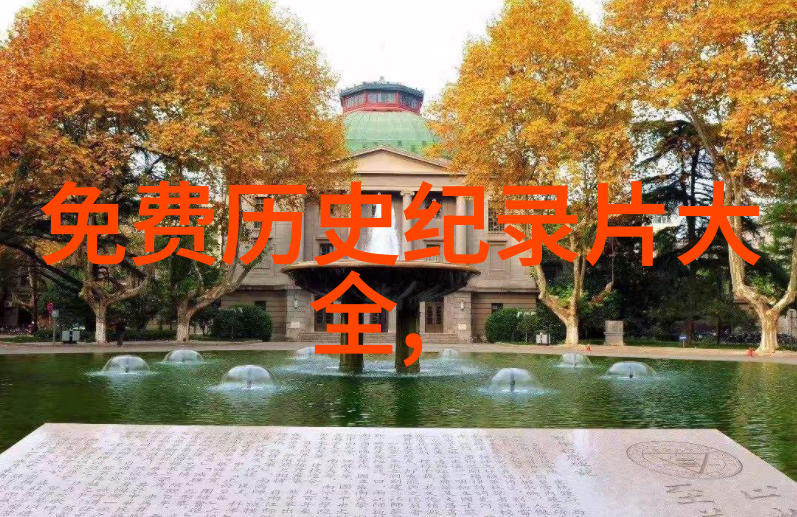The Founding and Early Years

The Ming dynasty was founded by Zhu Yuanzhang, a former Buddhist monk who rose to power during the chaos that followed the fall of the Mongol-led Yuan dynasty in 1368. Zhu declared himself Emperor Hongwu and established his capital at Nanjing, which would remain the seat of government for over two centuries. During his reign, Hongwu centralized power, reformed the bureaucracy, and encouraged agriculture to stabilize food supplies.
Economic Prosperity

Under the wise rule of successive emperors, particularly Yongle (r. 1402-1424) and Xuande (r. 1425-1435), trade flourished both within China's borders and with foreign countries such as India, Southeast Asia, Japan, and even Europe through tributary missions like Zheng He's famous voyages across oceans from 1405 to 1433. This period also saw significant advancements in technology such as printing presses using movable metal type invented by Bi Sheng around 1045 AD.
Cultural Achievements

The Ming era is renowned for its artistic achievements including painting masterpieces like "Along the River During Qingming Festival" by Zhang Zeduan; calligraphy works by artists like Wang Ximeng; porcelain ceramics known worldwide for their beauty; silk production that reached new heights; architectural marvels such as Beijing's Forbidden City constructed between 1406-1420; gardens exemplified by those at Suzhou or Hangzhou - all these were testaments to an age when culture thrived.
Confucianism Revival & Examination System

Confucianism became increasingly influential under imperial patronage with a renewed emphasis on education through rigorous civil service examinations designed to recruit officials based on merit rather than birthright alone - this system proved efficient but also led to social mobility barriers faced especially by commoners outside scholar-official families.
Decline & Legacy

Despite many positive developments during its nearly four-century existence marked with periods of relative peace under effective rulership compared to other dynasties before or after it where wars were more frequent due primarily because they had larger territories combined with internal instability often caused upheaval amongst competing factions vying for power resulting ultimately in economic decline leading up finally towards collapse brought about internally weakened leadership along external pressures culminating into Manchu conquest in late century XVI CE marking end era then reigning emperor Chongzhen self-blame suicide while palace walls burned surrounding cityscape amid chaotic final days falling empire ending golden age history witnessed world-wide cultural exchange commerce technological growth flourishing arts reflecting vast intellectual progress realized society transformed throughout entire millennium long span human civilization witness diverse triumphs!




